Now that the plane has arrived in Colorado, it’s time to start filling it up!
For aircraft-based field projects, there are typically a few weeks prior to the start of research flights where scientists and aircraft technicians install the scientific instruments on board. This is called the integration period (or, otter-gration in this case), and it can be quite involved. Not only do the instruments need to be secured to the inside of the aircraft, they need to be wired to electrical power, gas lines need to be run from cylinders, and inlets and exhaust lines need to be installed and configured. For the UWFPS campaign we have a compressed, 2 week integration period in order to maximize our flight time in Utah before the end of ‘inversion-season’ in mid-February…so it’s all hands on deck!

CIMS and UHSAS installed!
For UWFPS we are flying five scientific research instruments on board with an exterior probe on the aircraft nose for meteorology measurements. Since the only door is in the rear, we have to install the instruments from front to back, so first up on Day 1 were the University of Washington’s Chemical Ionization Mass Spectrometer (CIMS) and the UHSAS for particle number concentration and surface area measurements (see photo right).
A few days later, the NOAA Aerosol Mass Spectrometer (AMS) and the University of Toronto’s Ammonia (QCL) instrument were installed. Some of these instruments weigh over 500 pounds and require more than man-power to load (below).
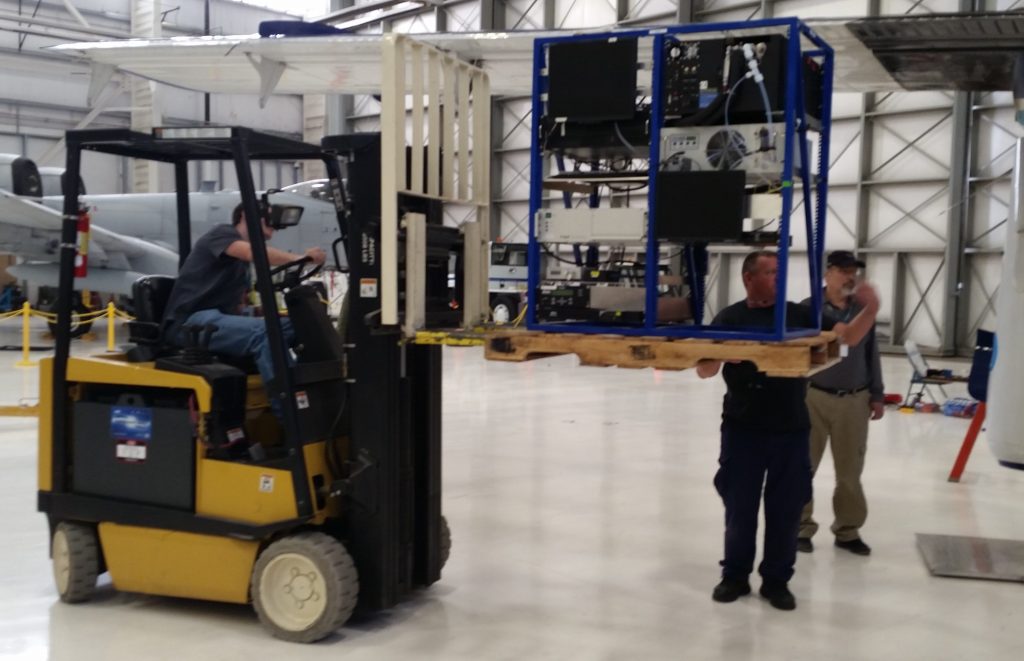
NOAA AMS and U. Toronto QCL lifted into Twin Otter
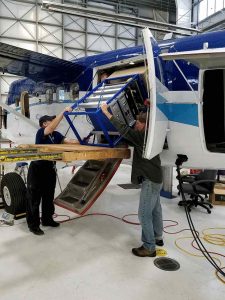
NOxCaRD loaded into Twin Otter
A mere 5 days into integration, the NOAA Cavity Ringdown Spectrometer (NOxCaRD) was installed. This instrument was slightly taller than the height of the door frame and required some creative maneuvering to get it inside (right).
One of the most challenging aspects of working on the Twin Otter is its small size. Now that all the instruments are in place, there isn’t much room for the scientists to work. It can also be quite hot when everything is up and running. However, we’re currently on schedule for our first test flight on Thursday (weather permitting), so we’re all in good spirits and making the most of tight spaces!
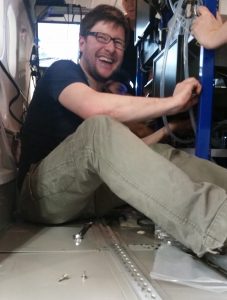
Alex Moravek (U. Toronto)

Lexie Goldberger (U. Washington)
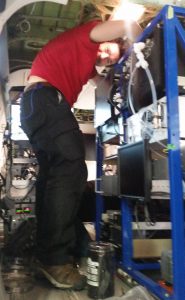
Ale Franchin (NOAA/CIRES)
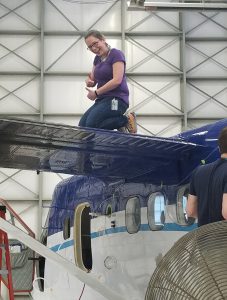
Dorothy Fibiger (NOAA/CIRES)
